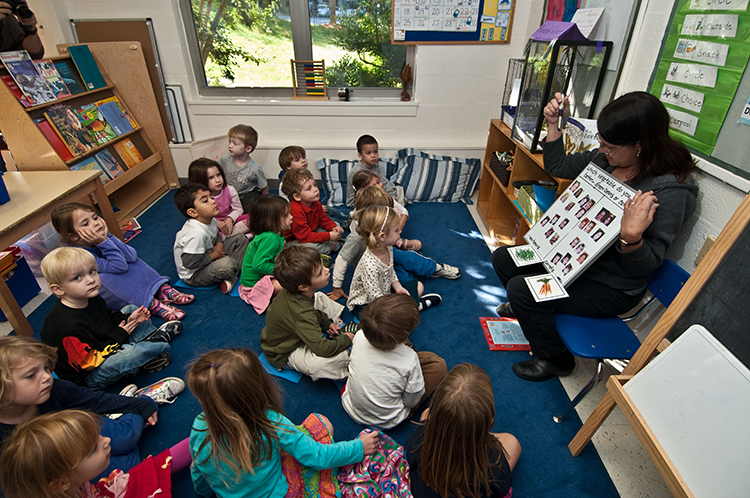A Vision for the Future of Child Care Funding

The pandemic has revealed a lot of the underlying problems with how we structure and fund child care in this country. However, it’s easy to get so busy responding to daily challenges that we forget to stop and boldly imagine a better system.
A new paper from University of Minnesota professors Liz Davis and Aaron Sojourner, Increasing Federal Investment in Children’s Early Care and Education to Raise Quality, Access and Affordability, offers a provocative and ambitious policy proposal for how a fully funded, high-quality early childhood education system might be structured. The paper envisions a country where every family has access to affordable early childhood education at qualified, high-quality center-, home-, and school-based programs, using either a slot that providers have been contracted to provide or a scholarship. Families in poverty could choose Early Head Start and Head Start with the option of full-time, full-year services. Total family financial payments would be capped and depend on the family’s income-to-poverty ratio (IPR), and acknowledge that child care is currently difficult to afford even for middle-income families.
The combination of family and public payments to providers would be sufficient to cover the local costs of efficiently producing high-quality care and services. It also creates a scenario where a combination of family and public payments raises the incomes of early educators in order to “better reflect the social value they create, and to reduce turnover.” The article concludes by noting that implementation of this wage scale would help build a pipeline for the early education workforce by increasing credentials and addressing recruitment and retention issues.
